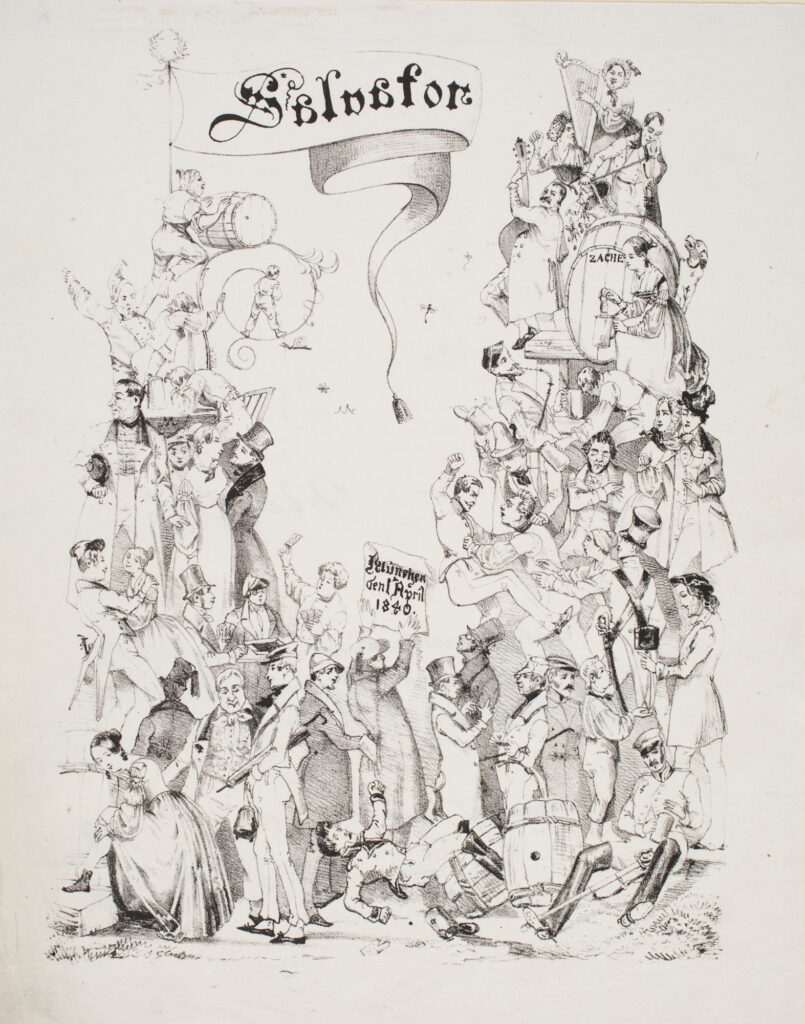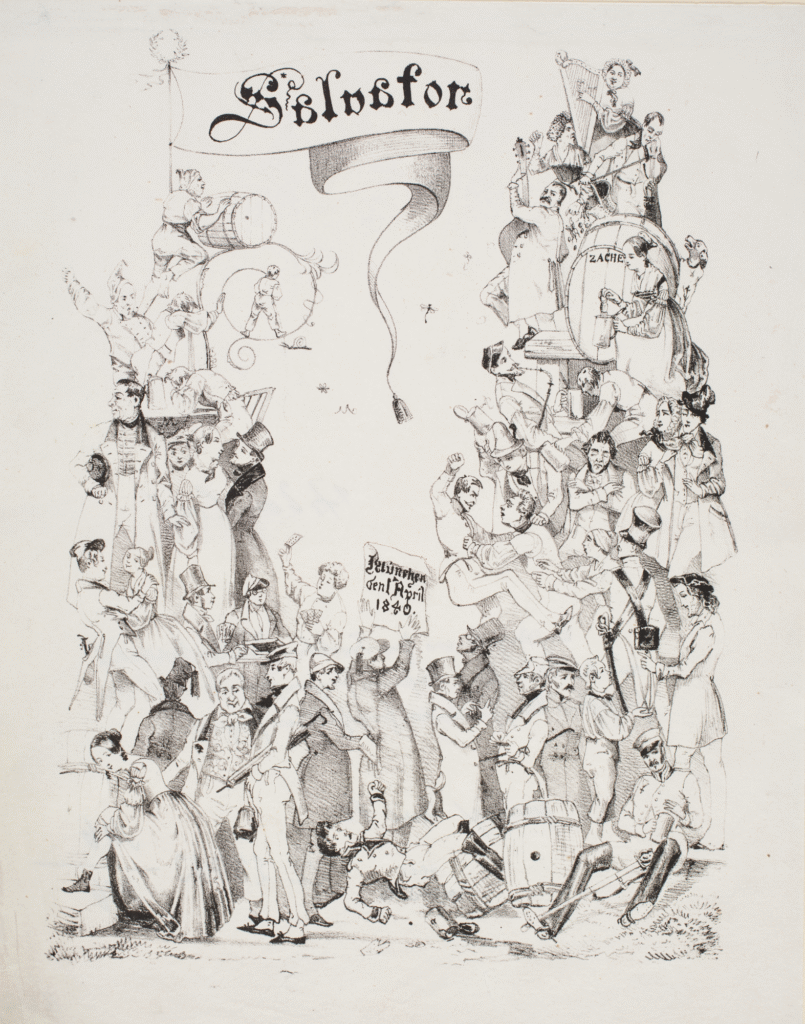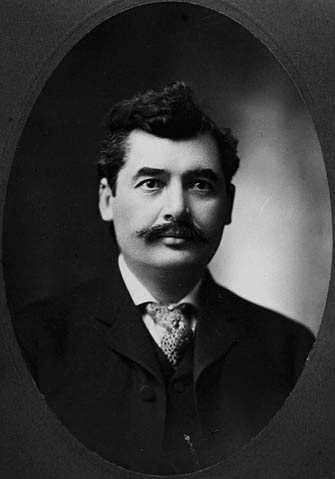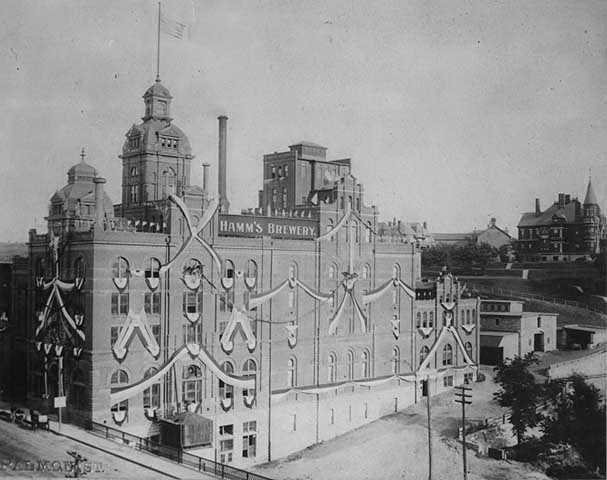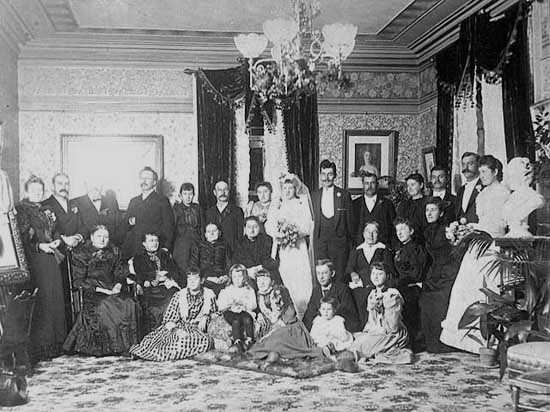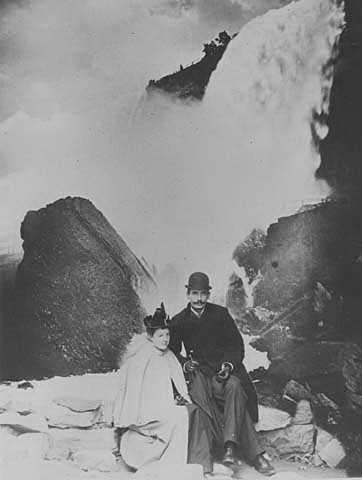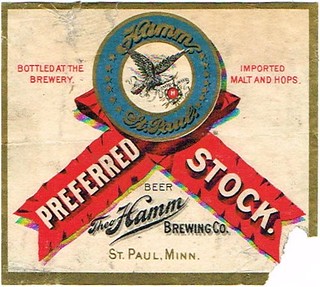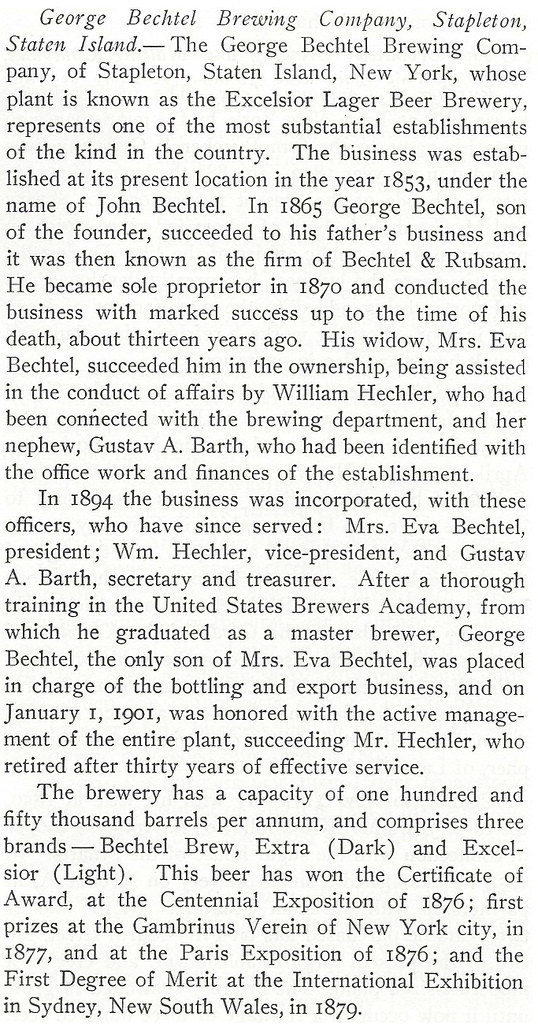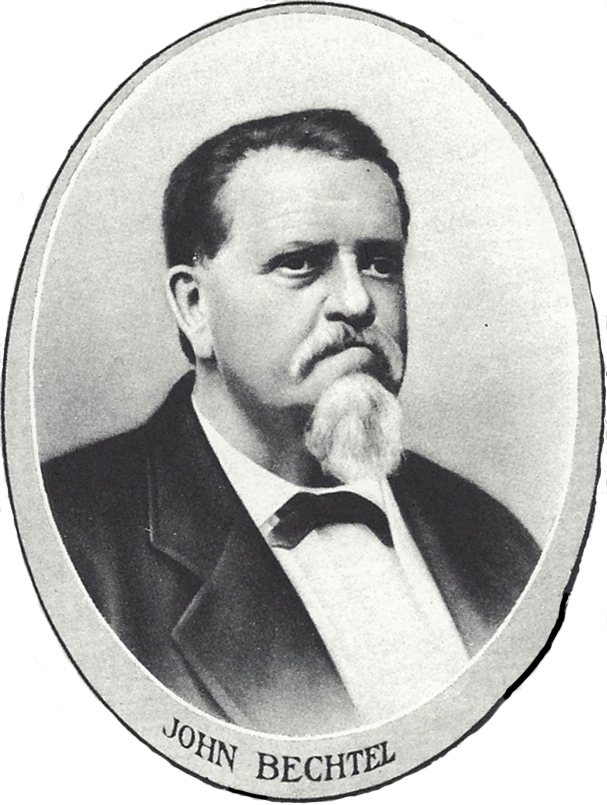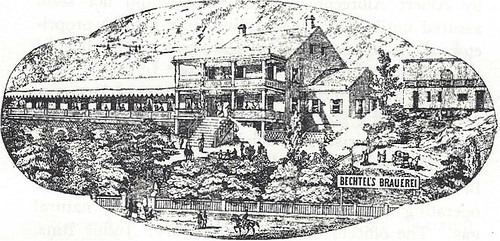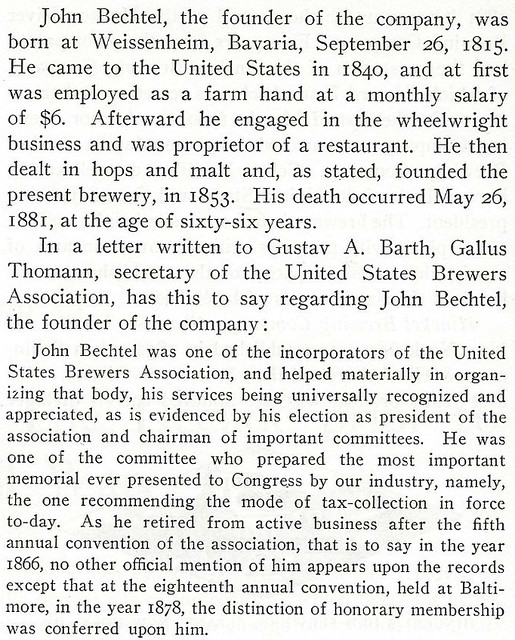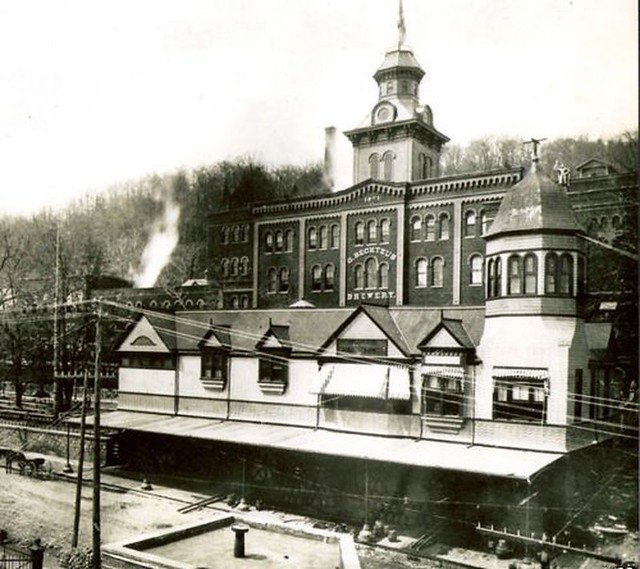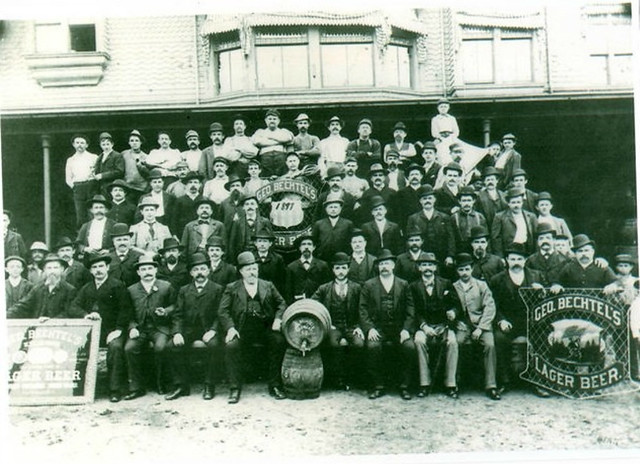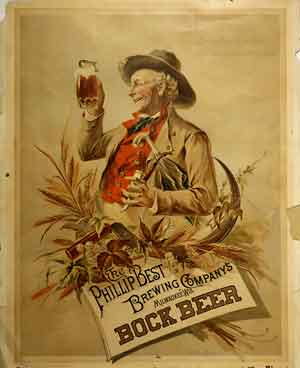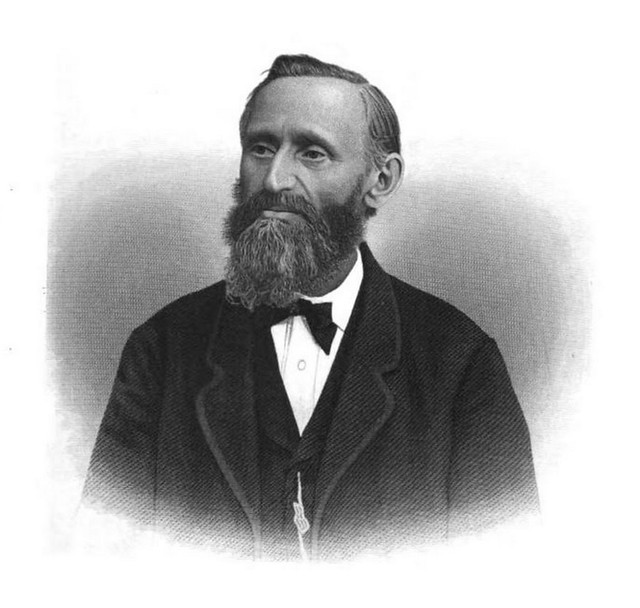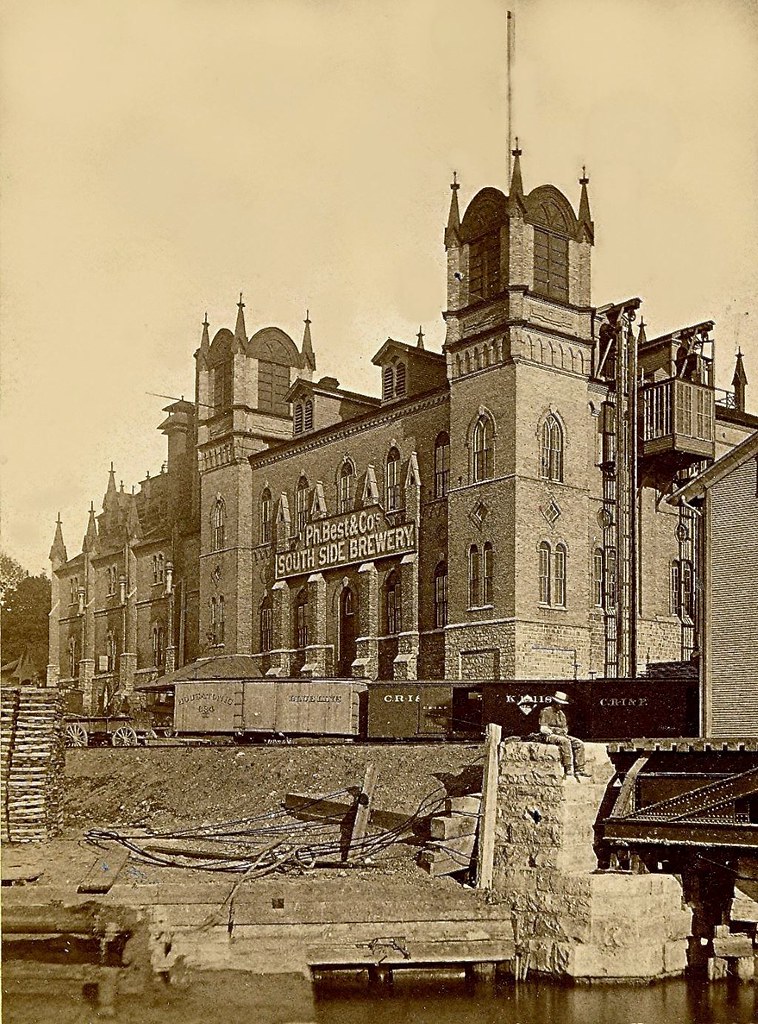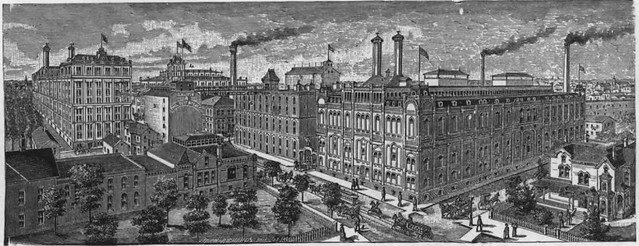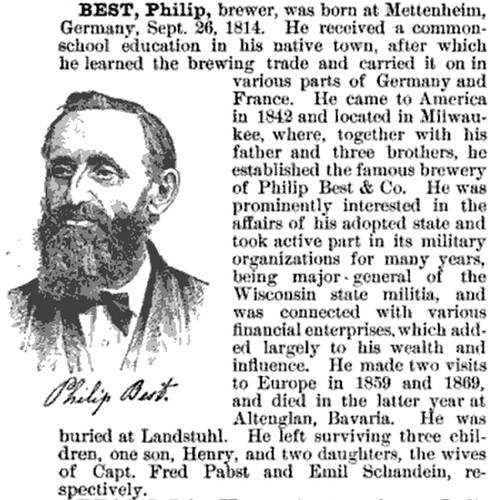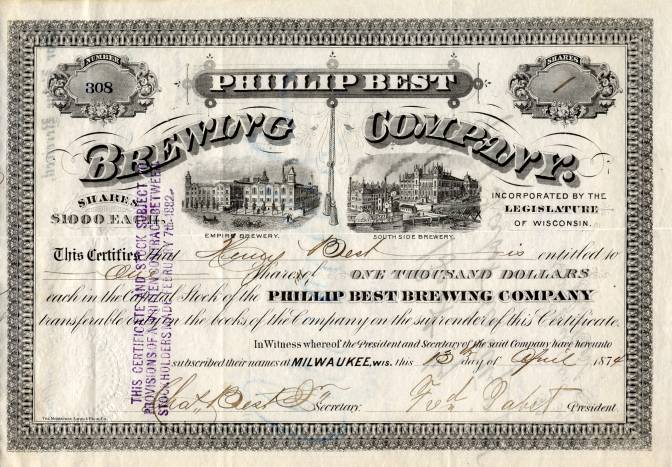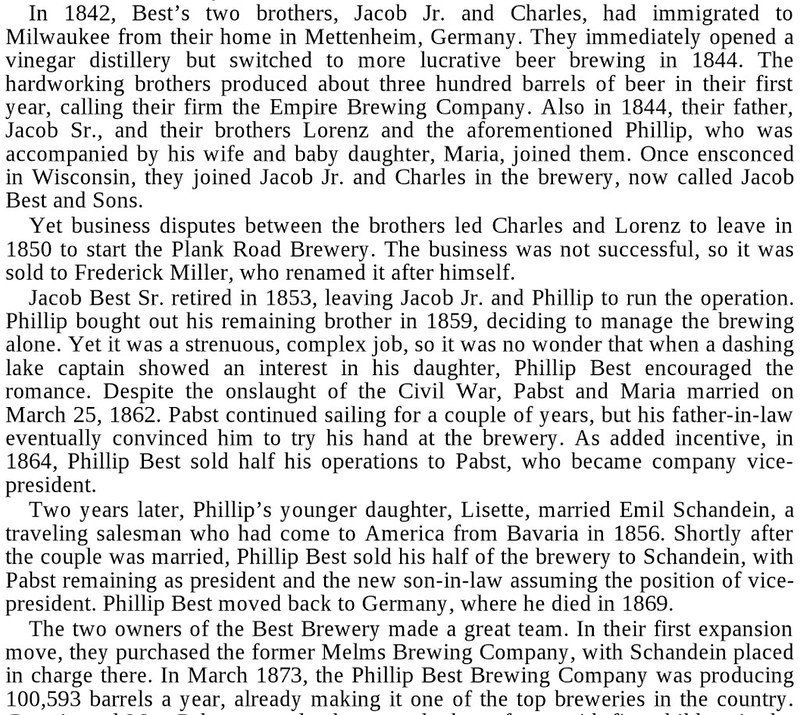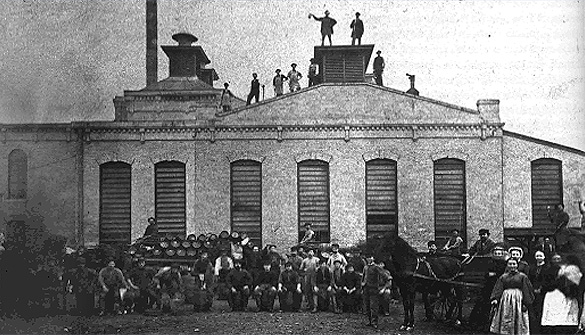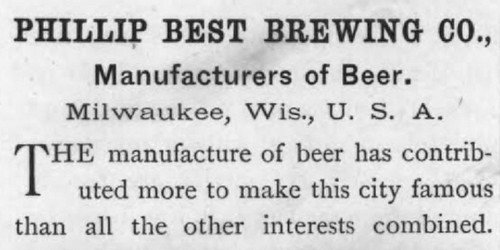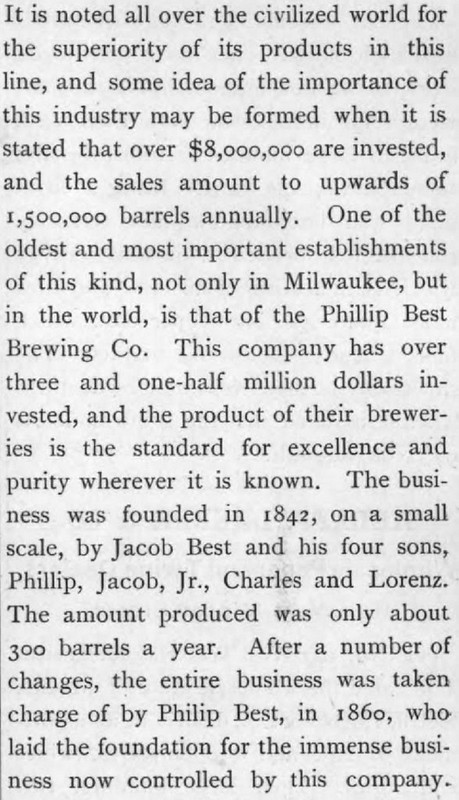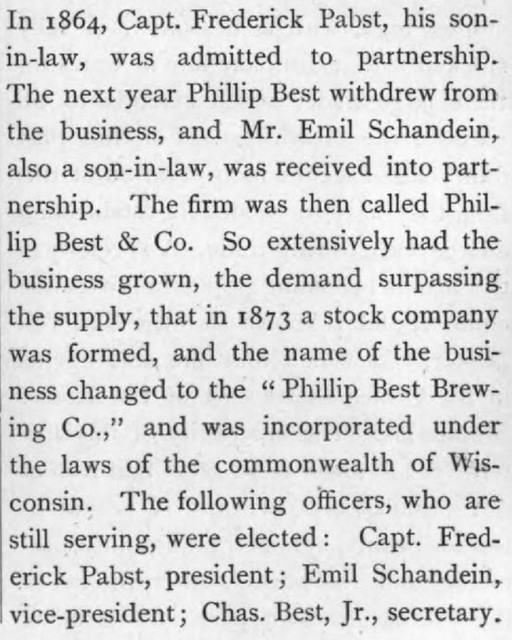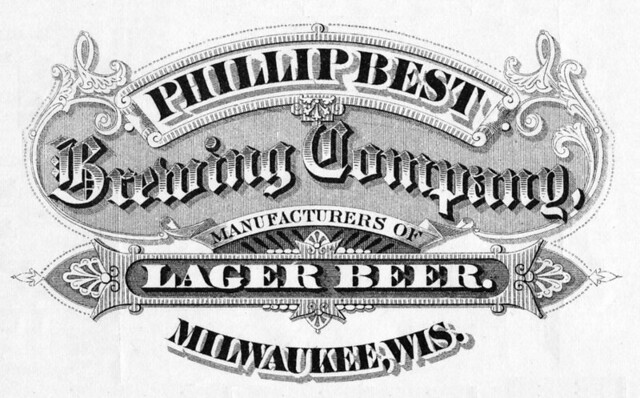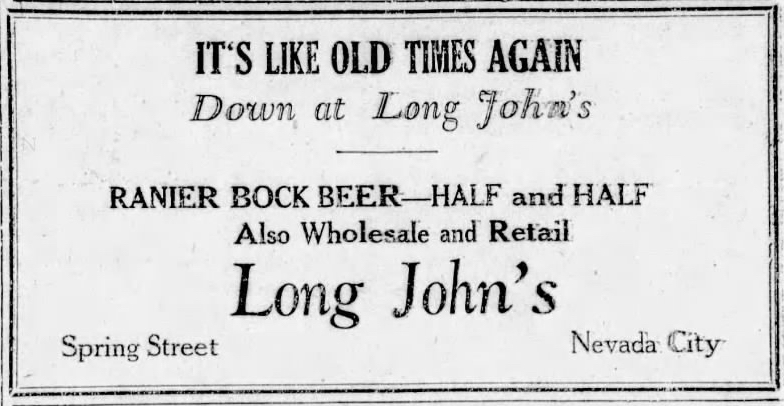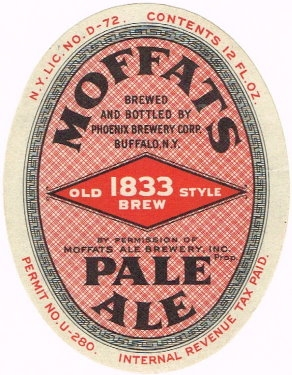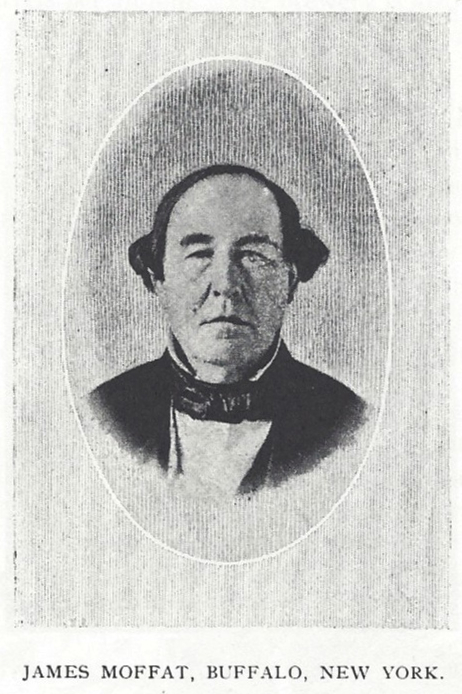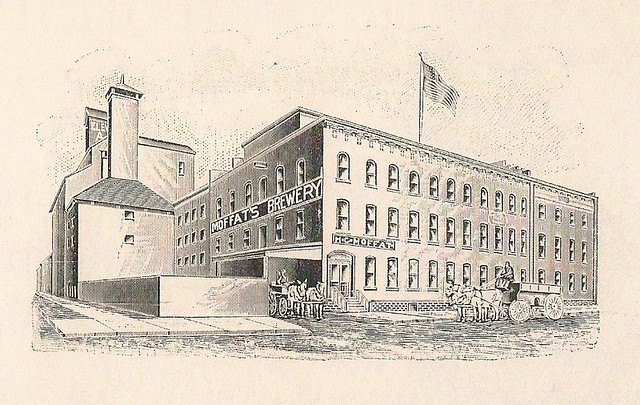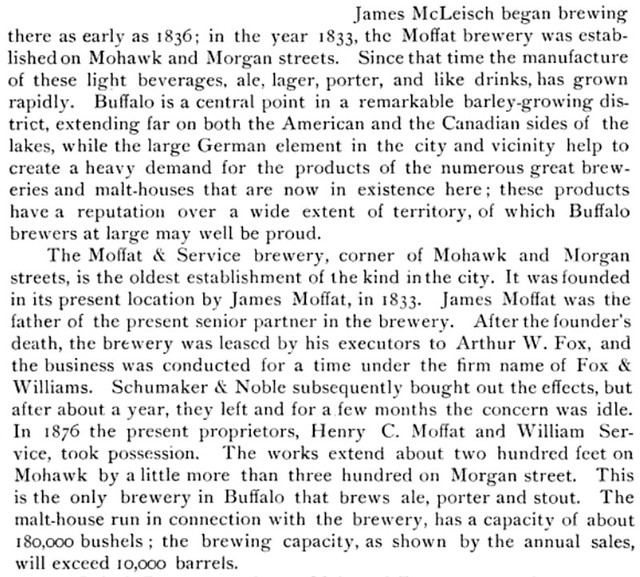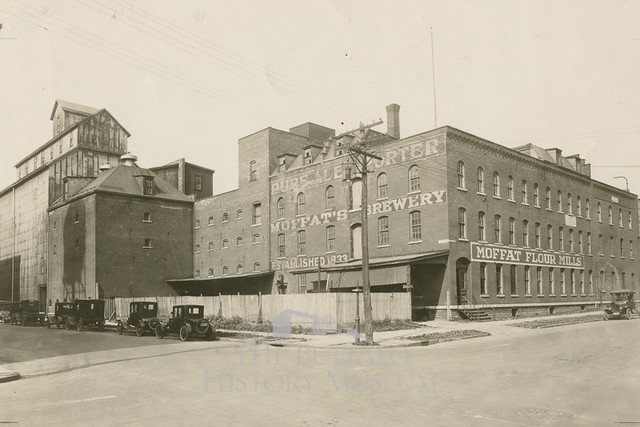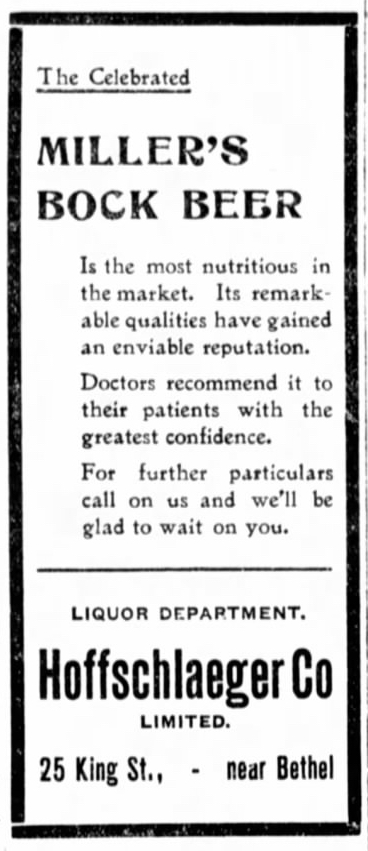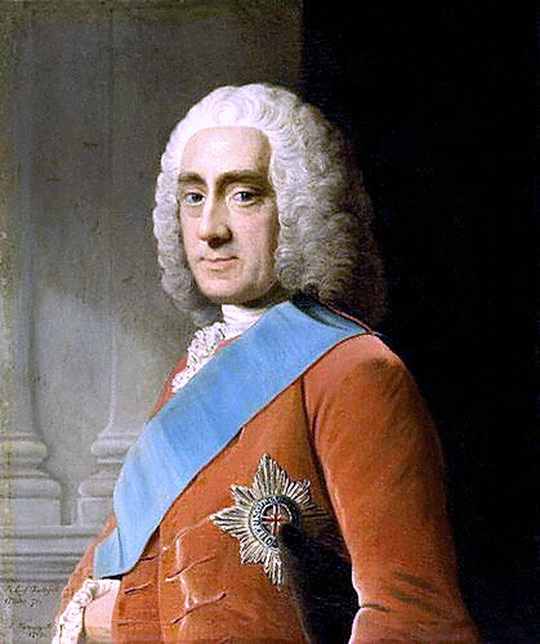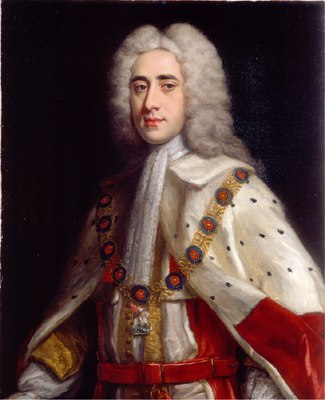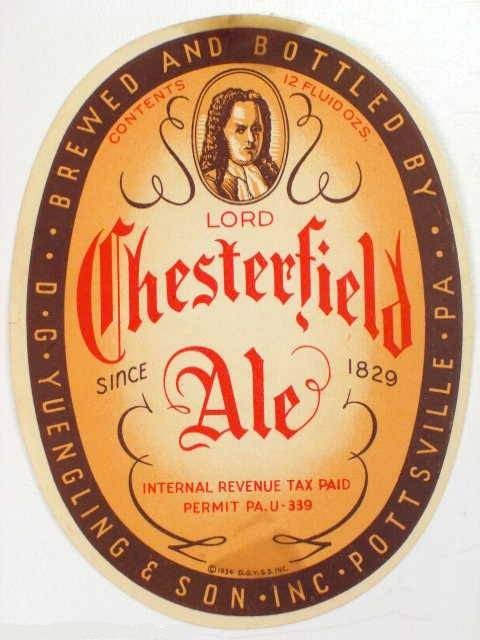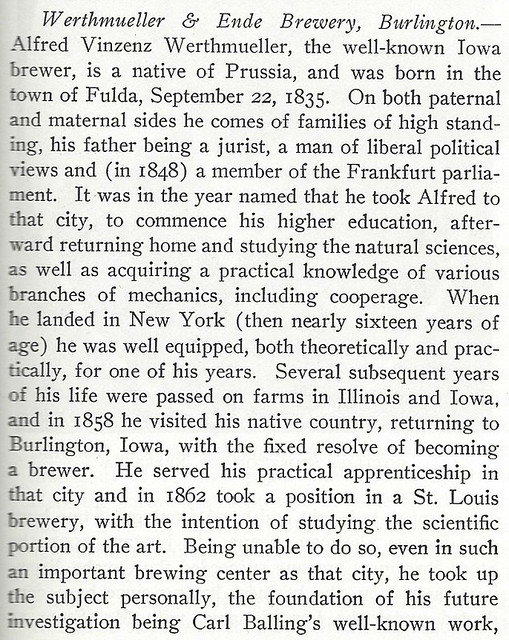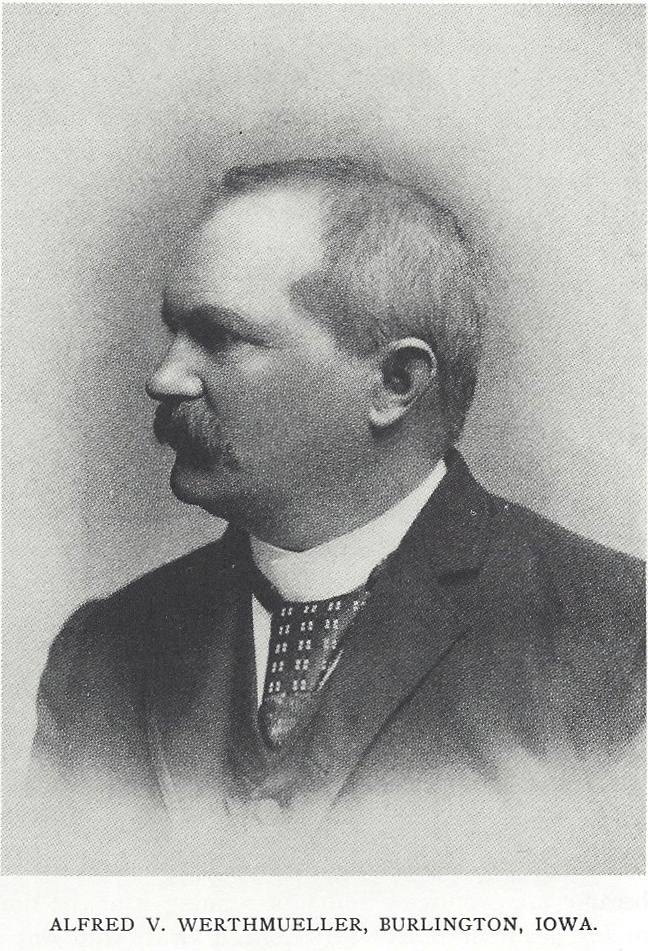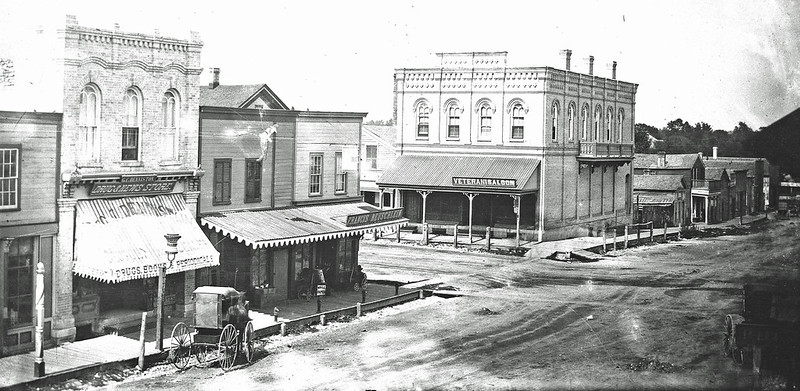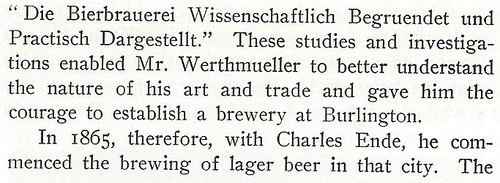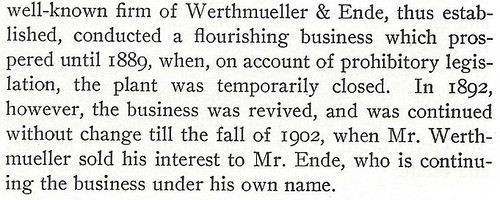
Last year I decided to concentrate on Bock ads. Bock, of course, may have originated in Germany, in the town of Einbeck. Because many 19th century American breweries were founded by German immigrants, they offered a bock at certain times of the year, be it Spring, Easter, Lent, Christmas, or what have you. In a sense they were some of the first seasonal beers. “The style was later adopted in Bavaria by Munich brewers in the 17th century. Due to their Bavarian accent, citizens of Munich pronounced ‘Einbeck’ as ‘ein Bock’ (a billy goat), and thus the beer became known as ‘Bock.’ A goat often appears on bottle labels.” And presumably because they were special releases, many breweries went all out promoting them with beautiful artwork on posters and other advertising.
Friday’s lithograph is for Salvator Doppelbock, which was published in April of 1840. This one was for the Paulaner Brewery (Paulaner Brauerei München) of Munich, Germany, which was originally founded in 1634. The poster is called “Verschiedene Szenen beim Salvatorbier” (or “Various scenes at the Salvator beer”) at the Munich City Museum, although they don’t know who the artist was who created it. But here’s a translation of their description:
Salvator, a Doppelbock beer, dates back to the 17th-century Munich Paulaner monks, who sought a culinary way to bridge the austere Lent period. Under the motto ‘Liquids don’t break the fast,’ they brewed a particularly strong and high-calorie beer that soon enjoyed widespread popularity even outside the monastery walls. After secularization in 1806, the Paulaner brewery, and with it the recipe for the fortifying Doppelbock, passed to master brewer Franz Xaver Zacherl, who named the beer ‘Salvator’ (Latin for ‘redeemer’). Zacherl’s continuation of the traditional annual tapping of the strong beer, laid the foundation for the festivities during the strong beer season known as the ‘Fifth Season.'”
